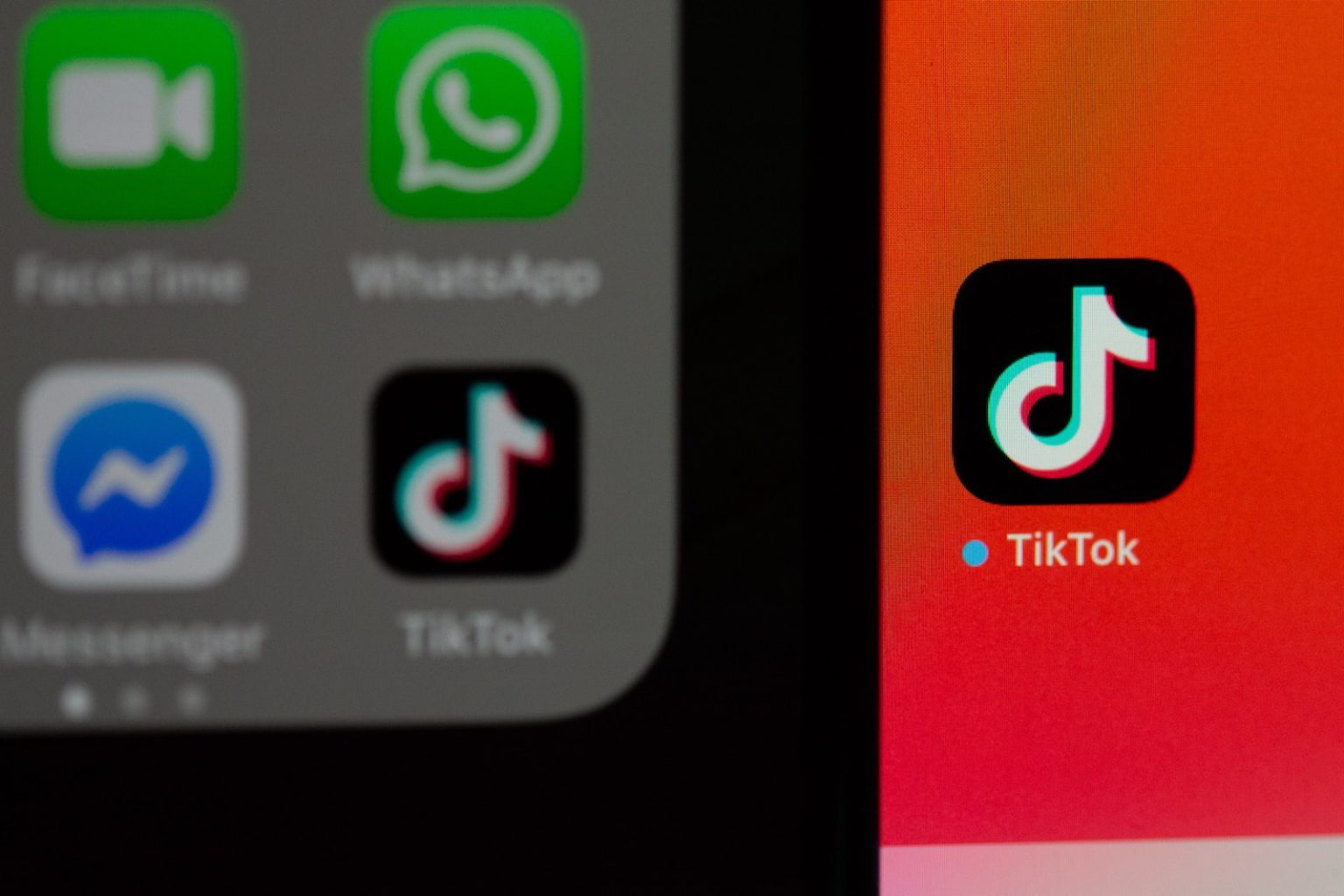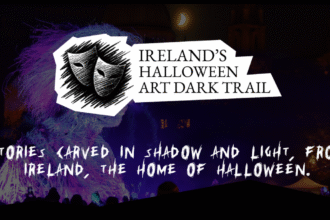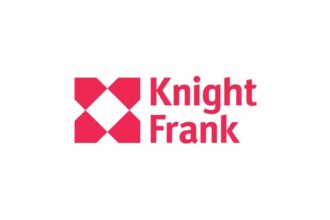After receiving criticism from the Malaysian government for political advertising and provocative content, TikTok, a well-liked social sharing app known for its catchy short-form content, has found itself in hot water.
Allegations of biassed content and prejudice
The Malaysian Communication and Multimedia Commission (MCMC) asked TikTok to take down almost 350 comments, according to reports in the news. After seeing many criticise the app for its bias, Communications and Multimedia Minister Fahmi Fadzil also disclosed to the media that he is in discussions with the TikTok Malaysia team about the level of moderation on the platform.
In a statement to Channel News Asia, TikTok Malaysia’s head of public policy, Hafizin Tajudin, said TikTok’s main aim is to provide its community with “a diverse range of relevant and entertaining content,” and to do so, it promotes “a small fraction of videos to help diversify the content experience.” He reaffirmed the team’s ban on political advertisements on the website, which was further enforced by the policies last year.
Negative Sentiment and the Impact on Advertisers
Since the news came out and after MCMC banned videos on the app, most people have felt bad about it, according to the social listening company CARMA. Around 25% of social conversation around TikTok and MCMC has been negative.
Many people are curious as to why the previous administration did nothing to address biassed content, despite the fact that the unfavourable sentiments are not limited to TikTok.
Meanwhile, TikTok continues to be a well-known platform among marketers, particularly among Malaysian advertisers. According to a recent report by We are Social and Meltwater, Malaysia ranks eighth among the nations with the highest reach of TikTok ads among adults, demonstrating the platform’s popularity among advertisers. Advertisers with whom A+M previously spoke noted that TikTok media spend has been steadily increasing.
The road to success
However, due to initial scepticism about the audience the platform would draw and the widespread misconception that TikTok is only for young people, some advertisers were reluctant to spend money on the platform. However, TikTok has since shown that it can draw users from all demographics and age groups, and as a result, it has cemented a solid position in many marketers’ marketing strategies, concurred the media experts A+M spoke to.
Brand Safety and Ad Placement Concerns for Advertisers
While TikTok is still a popular platform, according to Ham Maghazeh, regional social media director for Lion and Lion, advertisers are generally concerned about brand safety and ad placement there. Although the platform aims to foster authenticity and creativity, brand safety is still a major concern for many users of TikTok, according to Maghazeh.
TikTok’s unique selling proposition, which will help it keep its advertising dollars, is still its creative control and the influence creators have over the platform, he continued. “This is a trend we see emerging in decentralised social channels and is shaping the future of social media,” he added.
Maghazeh said that the algorithm that runs the “For You” section of TikTok can be unclear, which makes it hard for advertisers to control the content that shows up on users’ feeds. He said this when asked what could be made clearer for advertisers to make things easier to understand. For brands looking to use the platform securely, “this lack of control, combined with TikTok’s previous content moderation practises, presents difficulties,” he said.
The Future of TikTok
TikTok will continue to be a major player in the social media sector, according to Peter de Kretser, the founder of Go Communications, despite any potential bans and legal challenges. He believes that the app’s success lies in its ability to appeal to the younger generation, and its format of short-form videos is highly addictive.
The social media app has also been experimenting with new features, such as TikTok LIVE and TikTok for Business, which could provide new revenue streams for the app. TikTok LIVE allows users to broadcast live streams to their followers, and viewers can send virtual gifts to show their support. TikTok for Business, on the other hand, is a new platform that offers advertising solutions for brands. This could be a way for the app to make money off of its huge number of users.
ByteDance, which owns TikTok, is always investing in new technologies to improve the user experience of the app. ByteDance bought a Chinese AI music startup in 2019. This could lead to new music-related features being added to the app. In 2020, ByteDance also launched a new music streaming service in India called Resso, which could further strengthen TikTok’s position as a music-focused app.
Also read: Publicis Groupe ANZ Appoints Dave Bowman as Chief Creative Officer
TikTok has also faced criticism for its lack of transparency regarding data privacy and security concerns. However, the company has been taking steps to address these issues, including hiring a Chief Information Security Officer and opening a “Transparency Center” to allow outside experts to review the app’s policies and practises.
TikTok has become a major player in the social media industry because of how quickly it has grown. Even though the app has run into problems with regulations and privacy, its unique design and ability to appeal to younger people have helped it overcome these problems. With new features like TikTok LIVE and TikTok for Business, as well as investments in new technologies, TikTok is in a good position to keep leading the social media space.

















